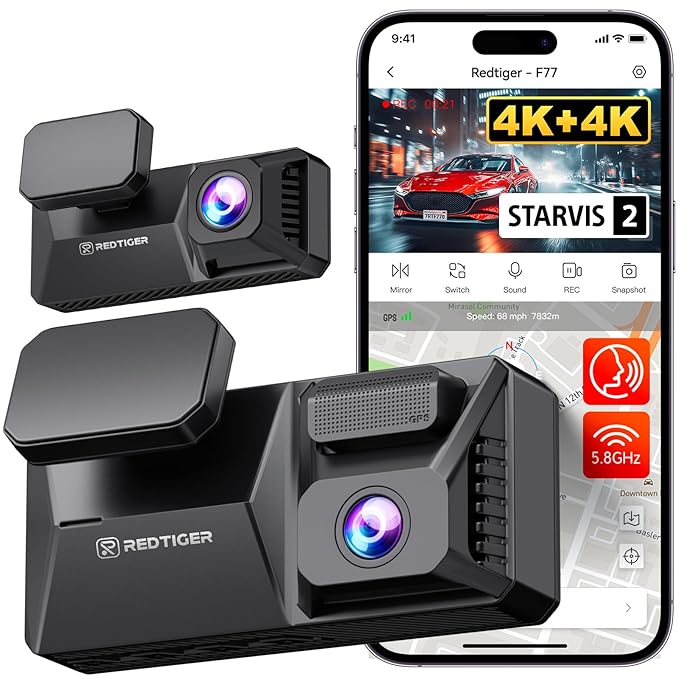In the age of electric mobility, hybrid cars have become the perfect bridge between traditional petrol engines and fully electric vehicles. They combine the reliability of an internal combustion engine (ICE) with the efficiency of electric motors — giving you the best of both worlds. But how exactly does a petrol hybrid car work? Let’s dive under the hood and break down the technology that makes it tick.
1. What Is a Petrol Hybrid Car?
A petrol hybrid (or gasoline hybrid) car uses two power sources:
- A petrol engine (internal combustion engine)
- One or more electric motors powered by a battery pack
The magic lies in how these two systems collaborate — sometimes separately, sometimes together — to maximize performance and efficiency.
2. The Main Components
| Component | Function |
|---|---|
| Petrol Engine | Provides mechanical power through fuel combustion. |
| Electric Motor(s) | Adds instant torque and assists the petrol engine. |
| Battery Pack | Stores electricity for the electric motor. |
| Power Control Unit (PCU) | Manages energy flow between the engine, motor, and battery. |
| Regenerative Braking System | Captures kinetic energy during braking and converts it into electricity. |
| Transmission | Transfers power to the wheels, usually through an e-CVT or hybrid gearbox. |
3. How the Hybrid System Works (Step-by-Step)
Hybrid systems seamlessly switch between different power modes based on driving conditions.
a. Start-Up & Low-Speed Driving
- The electric motor powers the car.
- The petrol engine remains off to save fuel.
- Energy is drawn directly from the battery.
💡 That’s why hybrids are almost silent during slow or start-stop traffic.
b. Acceleration & High-Speed Driving
- Both the engine and motor work together.
- The motor assists the engine, reducing its load and fuel usage.
- This results in smoother acceleration and better efficiency.
c. Cruising
- At steady speeds, the petrol engine typically drives the car.
- The battery recharges via engine power or regenerative braking.
- The system continuously balances efficiency and performance.
d. Braking & Deceleration
- The electric motor acts as a generator, converting motion energy into electricity.
- This process, known as regenerative braking, stores power back into the battery.
e. Stopping
- At idle (like traffic lights), the engine shuts off automatically.
- The battery powers accessories such as lights and air-conditioning.
- When you press the accelerator, the system restarts the engine seamlessly.
4. The Hybrid Control Unit (The Brain)
The Hybrid Control Unit (HCU) constantly monitors:
- Vehicle speed
- Battery charge level
- Driver demand (accelerator input)
- Engine and motor temperature
It decides in real time whether to run on electric power, petrol power, or both — optimizing performance and minimizing emissions.
5. Types of Hybrid Systems
| Type | Description |
|---|---|
| Mild Hybrid | The electric motor only assists; it can’t drive the car alone. |
| Full Hybrid (HEV) | Can operate on the engine, motor, or both. (e.g., Toyota Prius) |
| Plug-in Hybrid (PHEV) | Has a larger battery that can be charged externally for extended electric driving. |
6. Technical Advantages
- Better Fuel Efficiency: Uses less petrol overall.
- Lower Emissions: Reduced CO₂ output.
- Longer Engine Life: Less mechanical strain on components.
- Smooth Power Delivery: Instant torque from the electric motor.
7. The Future of Hybrids
As battery tech improves, hybrids continue evolving. They are the ideal choice for drivers who want fuel savings and eco-friendliness without the range anxiety of a full EV. For many automakers, hybrids are the stepping stone toward a fully electric future.
In Summary
A petrol hybrid car is a marvel of modern engineering — blending mechanical power with electric intelligence. It’s efficient, eco-conscious, and smart enough to decide the best way to move you forward. Hybrid cars prove that the road to the future doesn’t have to abandon the present — it just needs to drive smarter.



